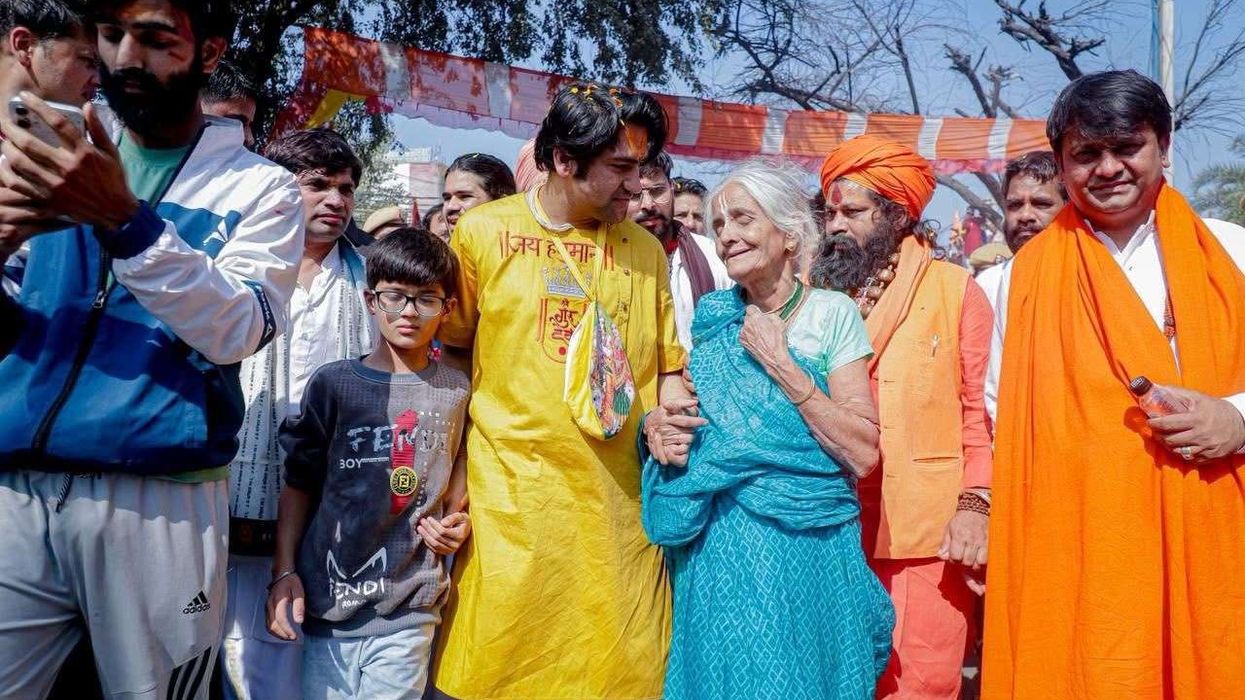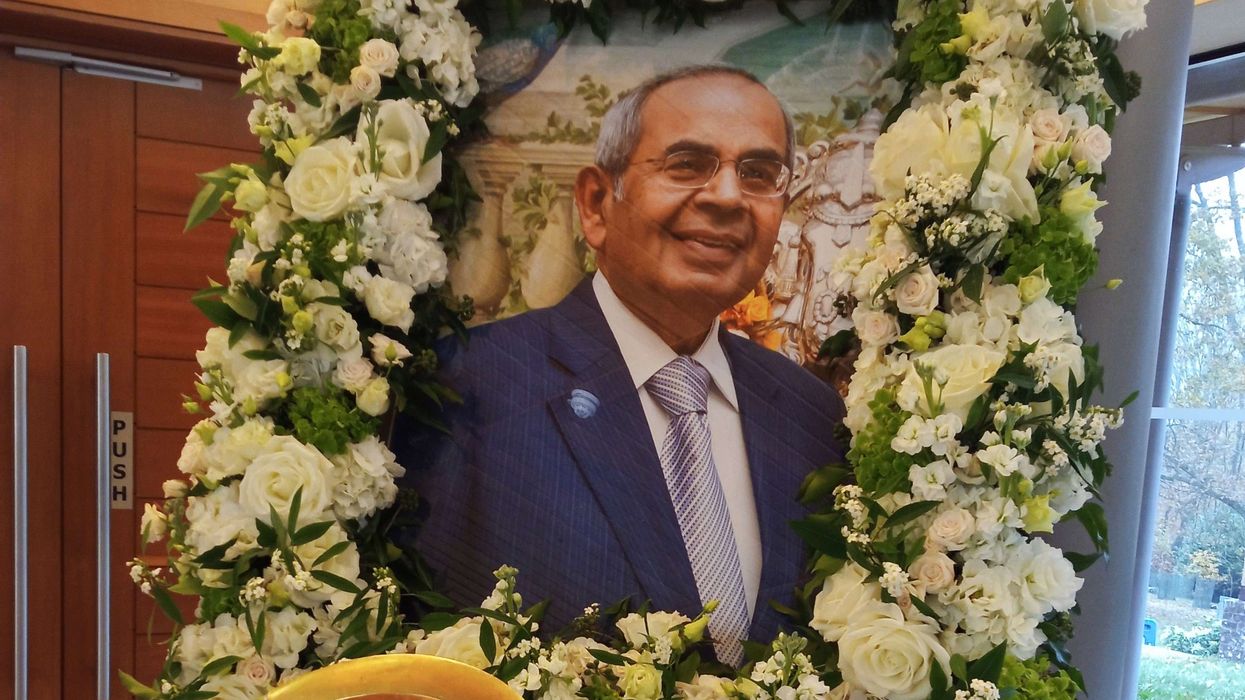Kangana Ranaut plays the role of a Kabaddi player in her upcoming film Panga. We all know that Kangana is an actress who likes to be perfect in her each and every character. So, to portray the role of a Kabaddi player the actress learned the sport and her coach is all praises for her.
Kangana trained under Gauri Wadekar who has represented India twice on international platforms. While talking about training Kangana, Gauri said, “She told me to teach her the basic moves in our first meeting itself. I was shocked as I teach young girls, and even they take almost six months to reach that level of training. Kangana picked up the dodging technique just by observing it a few times. I was awestruck.”
Gauri trained Kangana for 5 months. “Starting at 8 am every day, we would train for two hours. Kangana never missed a session and was punctual throughout. We shot in Delhi, Kolkata, and Mumbai in different weathers, but Kangana’s dedication never wavered,” Gauri added.
Kangana had to also go through a body transformation for the film. Talking about the actress’ workout, Gauri said, “Kabaddi requires swift legwork, so her workout routine included squats and lunges. We trained on attack strategies, defence, how to go for the bonus and which leg to put the weight on in each position. She had to weigh more than usual for the post-pregnancy shoot, so for that segment we focused on gaining muscle rather than losing weight.”
Kangana while talking about her diet revealed, “You need a lot of stamina in kabaddi, just like wrestling, so I stuck to a wholesome diet that included carbohydrates, fat, raw vegetables, and juices, I had to gain a lot of weight in my legs to look authentic as a raider (player who attacks from the opposing team), but I had to change it for the part where I am shown as a retired player.”
Panga is clearly one of the most awaited films of the year. The trailer of the movie has impressed one and all. The movie, which also stars Jassie Gill, Richa Chadha and Neena Gupta, is slated to release on 24th January 2020.












